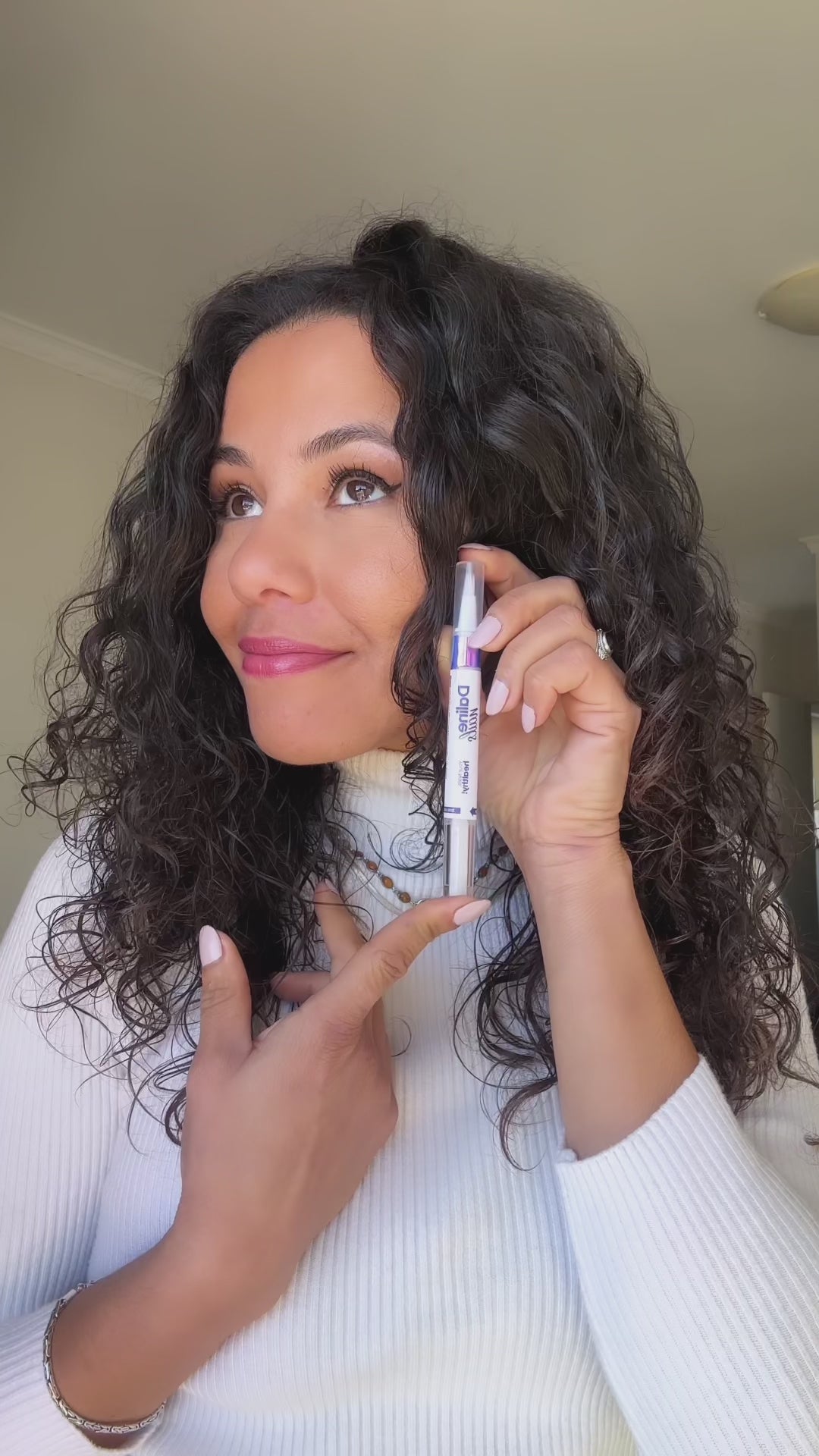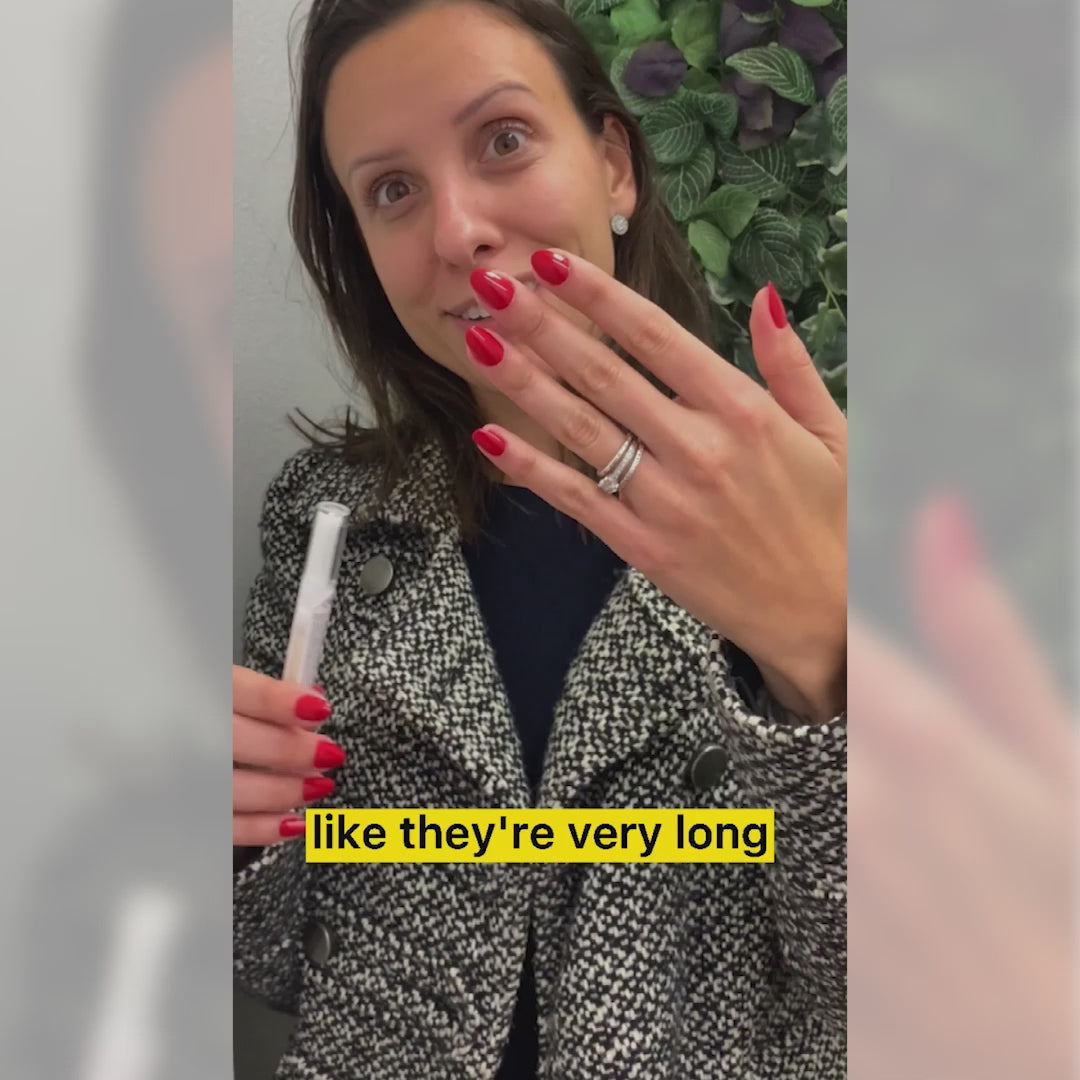What Does the Half-Moon Shape on Your Nails Mean?
Mar 22, 2022
You probably trim your fingernails regularly, but when was the last time you took a closer look at them? Have you noticed any changes in colour or the overall appearance of your nails? What about the half-moon on top of the cuticle? Is it still visible on your thumb?
Your nails can reveal a lot about your physical health. For instance, weak nails that crack easily could be a sign of anemia or a more serious health issue. You could use the Magic Pen Repair & Growth - Nail Cream to see if your brittle nails are merely due to dryness. It’s a moisturising cream that can revitalise and protect your nails. But if you notice other issues, like an abnormal half-moon, your nails could be telling you more about your overall health.
What’s that half-moon shape on your fingernails?
The half-moon shape at the base of your nail is called the lunula. It’s the visible part of the nail matrix, which refers to the tissue beneath your fingernail.
The nail matrix contains nerves & blood vessels that facilitate the production of cells that become the nail plate. As the nail grows from the matrix, you’ll see the lunula or the half-moon as the newest portion of the nail. Since the lunula is a major part of continuous nail growth, it can provide clues about your nail health—and overall physical wellness.
What does a healthy lunula look like?
Most people have a small, white and half-moon shape at the base of their fingernails. It’s usually visible on your thumb. You may notice that the lunula on your pointer finger appears smaller than on your thumb—it may even look way smaller or barely visible on the pinkie.
If you have a healthy lunula, your nails won’t break easily. It’s a clear sign that you have strong (and even fast) nail growth. On the other hand, a missing or abnormally large lunula doesn’t only mean weak nail growth, but it could also be a sign of a health issue.
In some cases, a missing half-moon may suggest that the person has a vitamin deficiency or other medical problems. There are also instances where the lunula becomes larger than usual or changes colours, which could be a symptom of an underlying physical condition.
Should you worry about a missing lunula?
Missing lunula alone isn’t usually a cause for concern. The lunula is probably hiding underneath the cuticle, especially if it’s been a while since you had your nails cleaned. But again, in some cases, a missing lunula (especially in people who previously had a normal-sized lunula) may indicate disorders like anemia, malnutrition or even depression.
If you have a missing lunula and other unusual symptoms like fatigue or body malaise, you should consider seeing a doctor. Your doctor can perform a physical exam to diagnose the cause of all your symptoms and create a necessary treatment plan for you.
What if the lunula has become larger?
Lunulae may get larger and take up a significant portion of the nail. Some theories claim that athletes or those who engage in strenuous activities are likely to have large lunulae. The claims hypothesise that it happens because of the bodily stress linked to high-impact activities. However, there hasn’t been adequate scientific research to back up these claims.
On the other hand, some studies suggest that abnormally large lunulae may indicate problems in the cardiovascular system, such as low blood pressure or heartbeat disruption. Again, if your large lunula comes with other unusual symptoms, it’s best to see your doctor.
What about lunulae that change colours?
Healthy lunulae are usually whitish or ivory. So don’t ignore it if your lunula suddenly changes its colour. Here are some common reasons for abnormal lunulae colours:
Cardiovascular conditions: If the lunula turns red, it may be a symptom of various cardiovascular conditions, including heart failure.
How to make your lunulae healthy?
Assuming you don’t have any underlying conditions like those mentioned above, the key to keeping your lunulae healthy is by maintaining strong fingernails in the first place. Here are some tips for keeping your nail—and all its parts—in good shape.
The half-moon shape on your nails won’t only give you a clue whether your nails are too weak to split or crack easily—it also gives you signs of your general state of health. So pay attention to your half-moon or lunula and consult a doctor if you notice unusual changes.













1 comment
Hi I have very wake Nails break very easily will this help me or should I try something else I can’t grow me at all just break if they do grow